Copyright © 2025 Motivate Media Group. All rights reserved.
Abreham Brioschi is investigating objects of cultural and traditional significance to create seating that is both soulful and functional
Italian-Ethiopian product designer seeks inspiration from his culture and traditions as well as the essentiality of African design
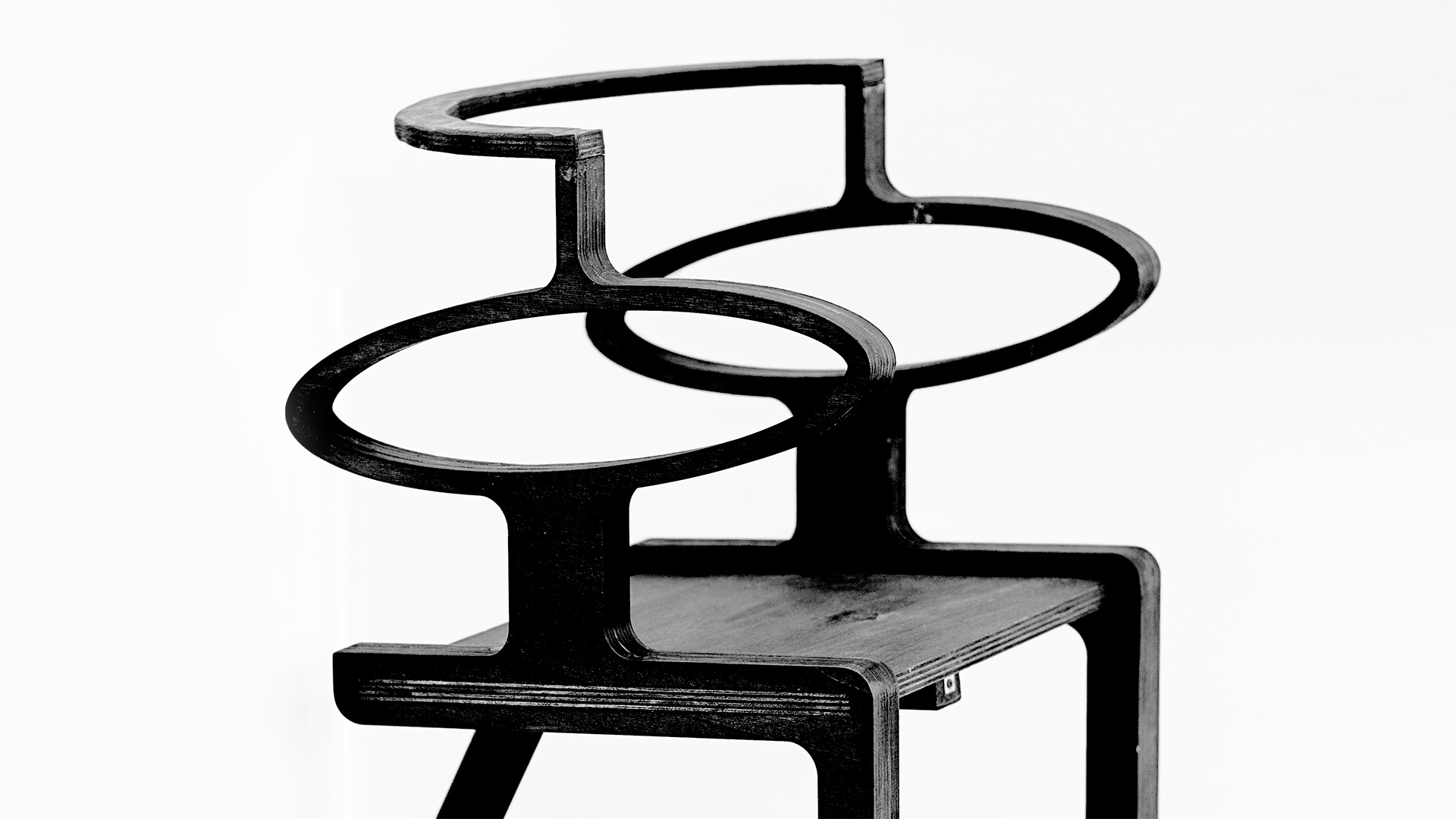
Design is what most connects me to my roots,” says Italian-Ethiopian product designer Abreham Brioschi. “My goal is to give importance to traditional and cultural details that are disappearing. Design is not something complicated or difficult to understand. It starts from the earth, from people, from places, from [our] perspectives. When I create, I only trust my intuition. What comes later is just the result of the experiences I have had.” Brioschi graduated from the Academy of Fine Arts (NABA) in Milan, where he grew up and is currently based, with a degree in Product Design. Ever since, he has been developing his collection of chairs; some of which were exhibited at Salone del Mobile earlier this year.
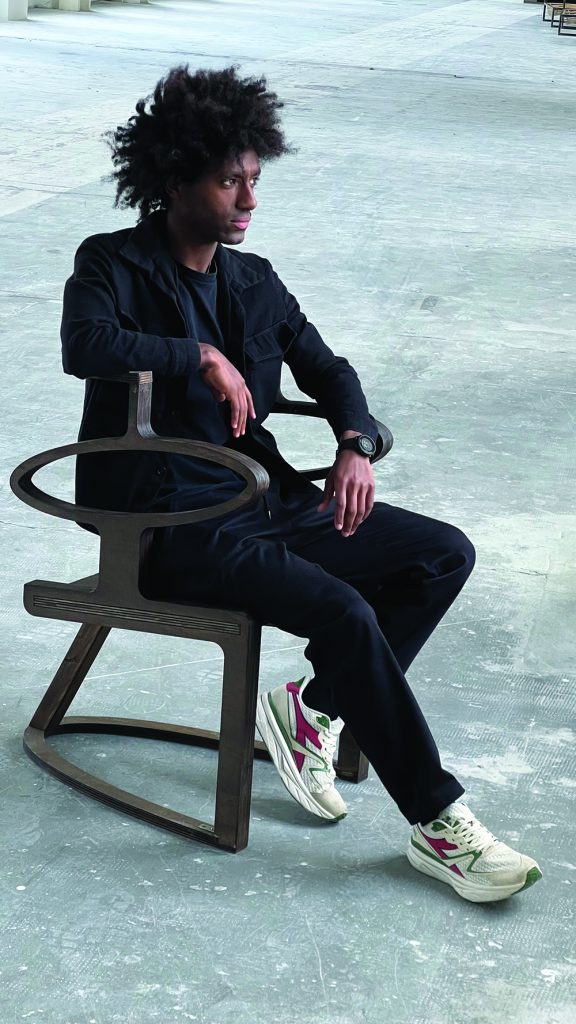
His designs seek inspiration from Ethiopian culture and traditions as well as the “essentiality of African design”, which acts as the starting point for all his projects. “In African design…each piece has an inner soul and is made with care and raw materials that make one feel closer to the earth,” Brioschi describes.
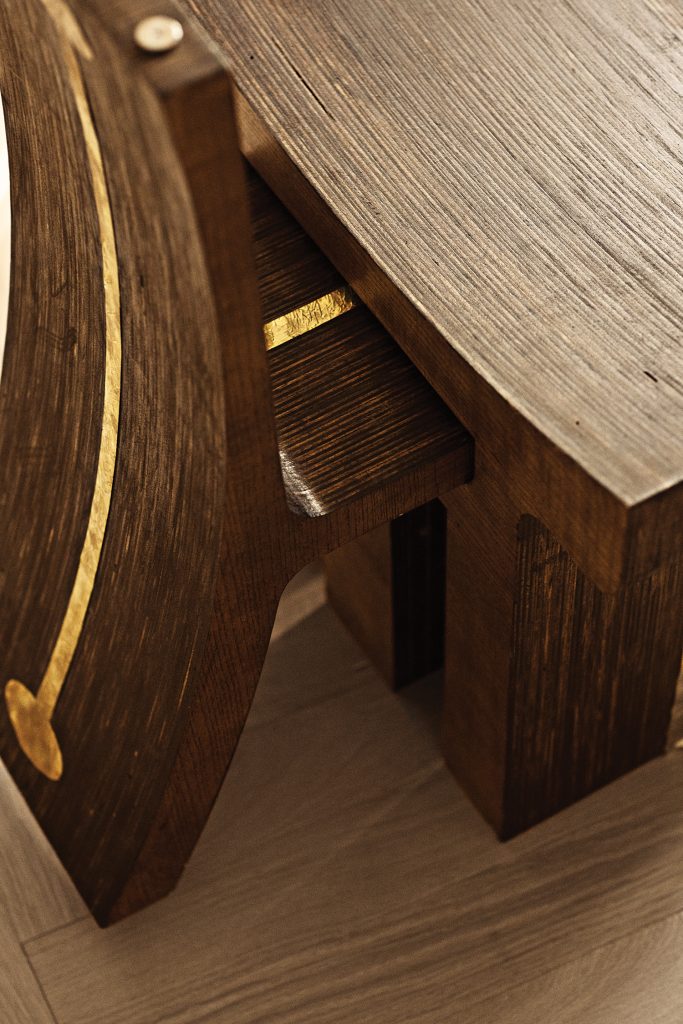
It is fitting then that the designer chooses wood for all his designs – a material that holds a strong sense of admiration and nostalgia. “I grew up in Milan, but my parents had a small house on Lake Garda with a garden where my childhood and much of my adolescence was spent building arches and other small things using different types of [tree] branches,” he shares. “I love wood,” Brioschi continues. “To me, it is an emotional, living material and it also conveys to me a sense of tranquillity. In the physical approach of the material, wood also helps me in the realisation of the many prototypes which I make in my small basement; it makes me a lot more aware of the limits of the material.”
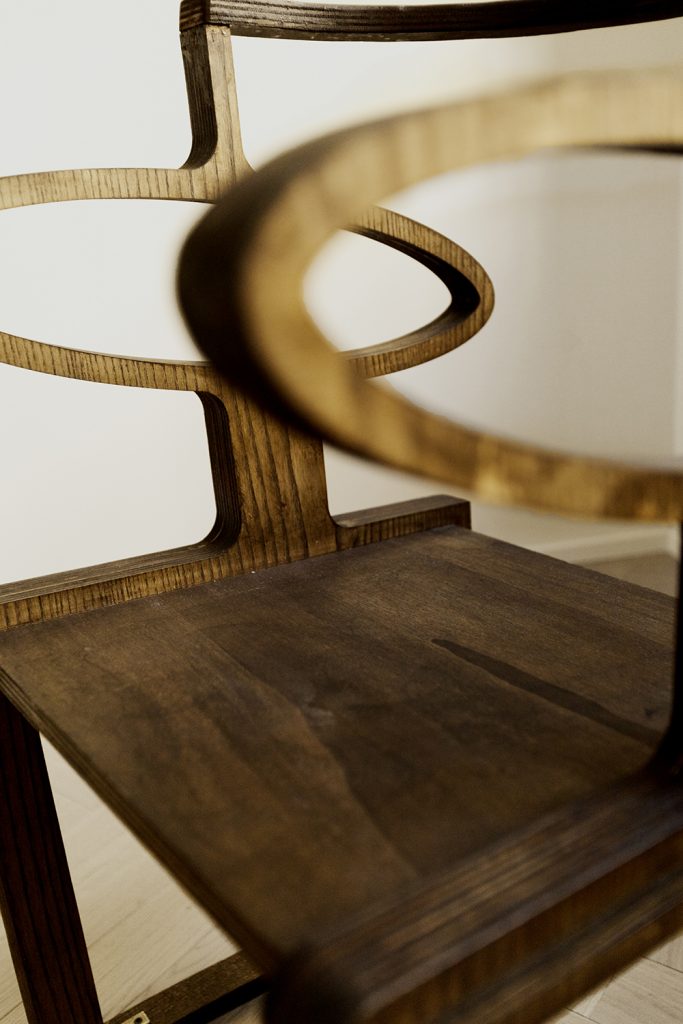
Wood also bears witness to the art of African sculpture – a medium that strongly inspires Brioschi’s work – in addition to being abundant in the regions of northern Italy, where his pieces are created by carpenters using handcrafted techniques, with the help of machinery and advanced technology for more complex cuts.
The Burgui collection was born from a desire to link historical and cultural elements from Ethiopia with a “technological present, and an eye towards the future”. The Chenfér chair, on the other hand, features curved forms inspired by the labial discs used by the women of the Mursi tribes in southern Ethiopia as a symbol of beauty and female pride.
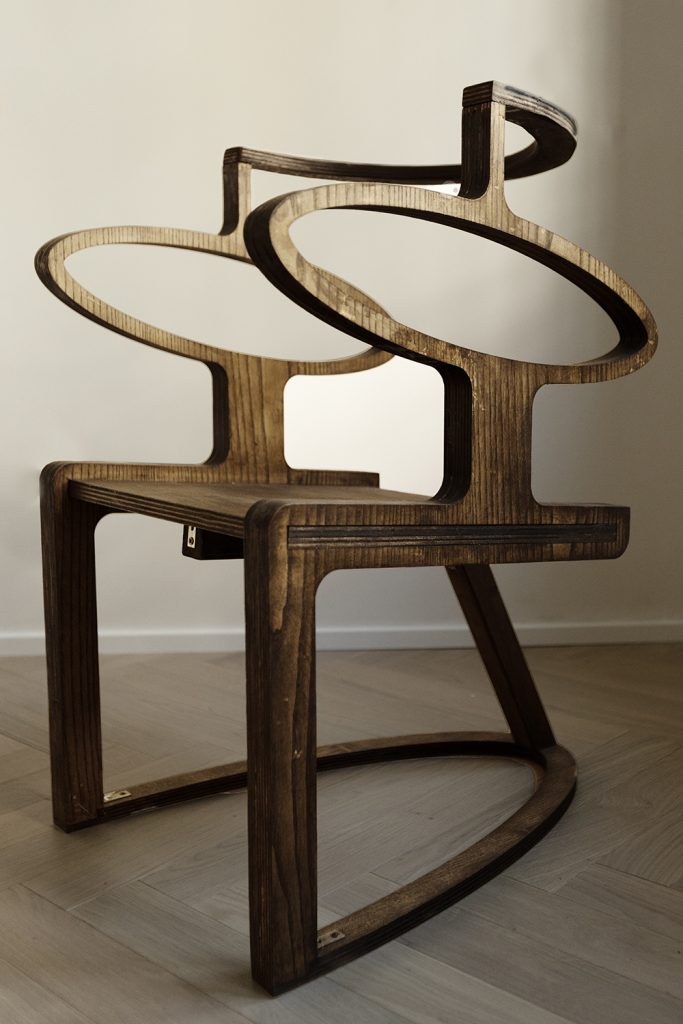
Similarly, the Lefleté chair takes inspiration from the traditional Ethiopian headrest: wooden objects used for the purpose of safeguarding hairstyles during sleep while also possessing symbolic and social value. “The aim of the collection is to communicate the vision of African design, which is about essentiality but also loaded with symbolism and identity, offering a new and innovative look,” Brioschi describes. The designer adds that much of African design is based on what is necessary and functional to use while, contrastingly, a lot of contemporary design from the West is focused on aesthetics and “outward harmony”.
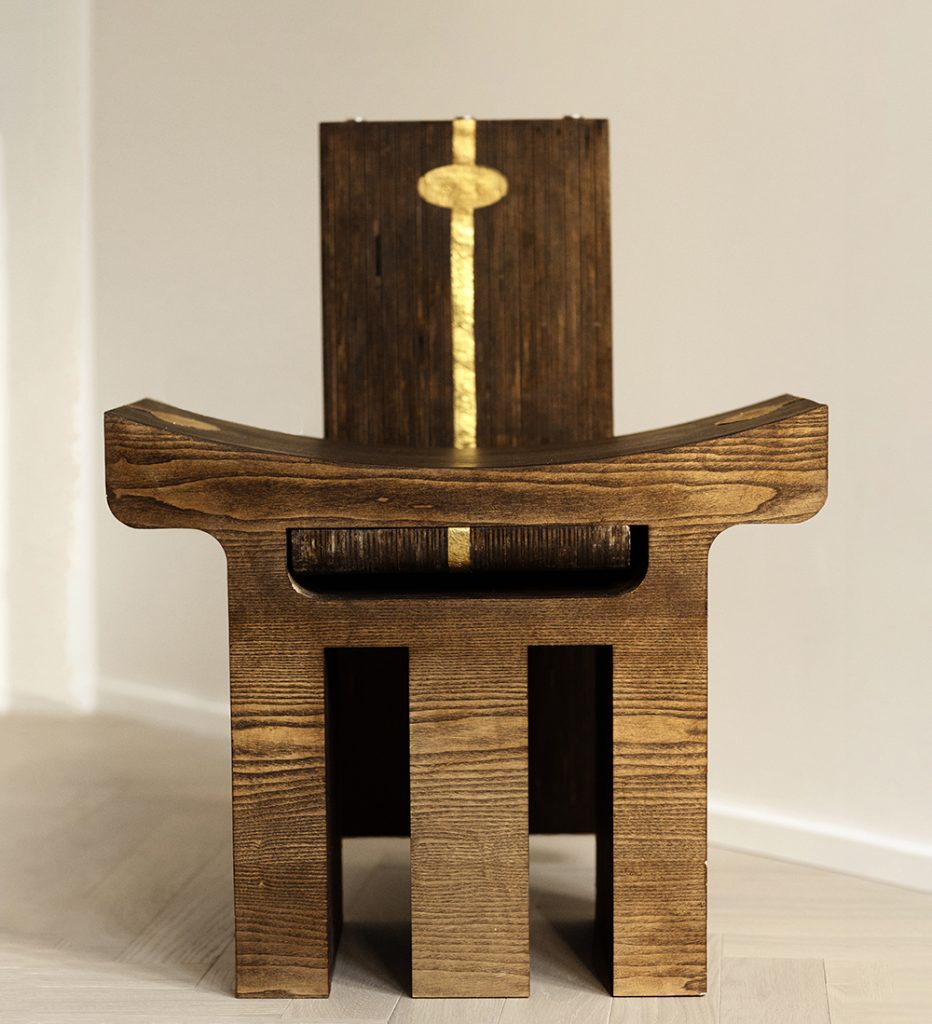
“My goal was to propose a useful and usable product that is not relegated to an aesthetic, but with a cultural soul, thereby creating practical products that are a synthesis of identity and design,” he concludes.
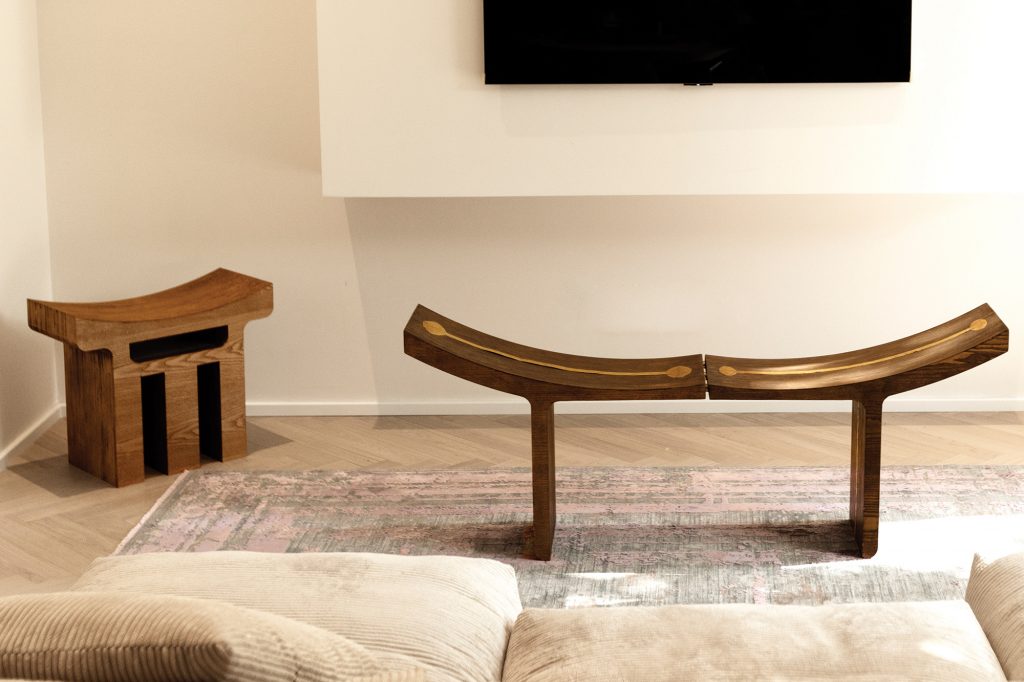
The Latest
Textures That Transform
Aura Living’s AW24 collection showcases the elegance of contrast and harmony
Form Meets Function
Laufen prioritises design, functionality and sustainability in its latest collections
Preserving Culture, Inspiring Creativity
Discover the Legacy of a Saudi Art Space: Prince Faisal bin Fahd Arts Hall explores the Hall’s enduring influence on the cultural fabric of Saudi Arabia
Channelling the Dada Spirit
Free-spirited and creative, The Home Hotel in Zurich injects a sense of whimsy into a former paper factory
id Most Wanted- January 2025
Falaj Collection by Aljoud Lootah Design
Things to Covet in January
identity selects warm-toned furniture pieces and objets that align with Pantone’s colour of the year
Shaping the Future of Workspaces by MillerKnoll
Stacy Stewart, Regional Director Middle East & Africa of MillerKnoll discusses the future and evolution of design in workspaces with identity.
Shaping Urban Transformation
Gensler’s Design Forecast Report 2025 identifies the top global design trends that will impact the real estate and built environment this year
Unveiling Attainable Luxury
Kamdar Developments has launched 105 Residences, a new high-end development in Jumeirah Village Circle.
The Muse
Located in the heart of Jumeirah Garden City, formerly known as ‘New Satwa’, The Muse adds to the urban fabric of the area
Cultural Immersion Meets Refined Luxury
The Chedi Hegra opens its doors in AlUla’s UNESCO World Heritage Site
Redefining Coastal Luxury
Sunshine Bay on Al Marjan island combines seaside views, exceptional design, and world-class amenities to create a unique waterfront haven
















